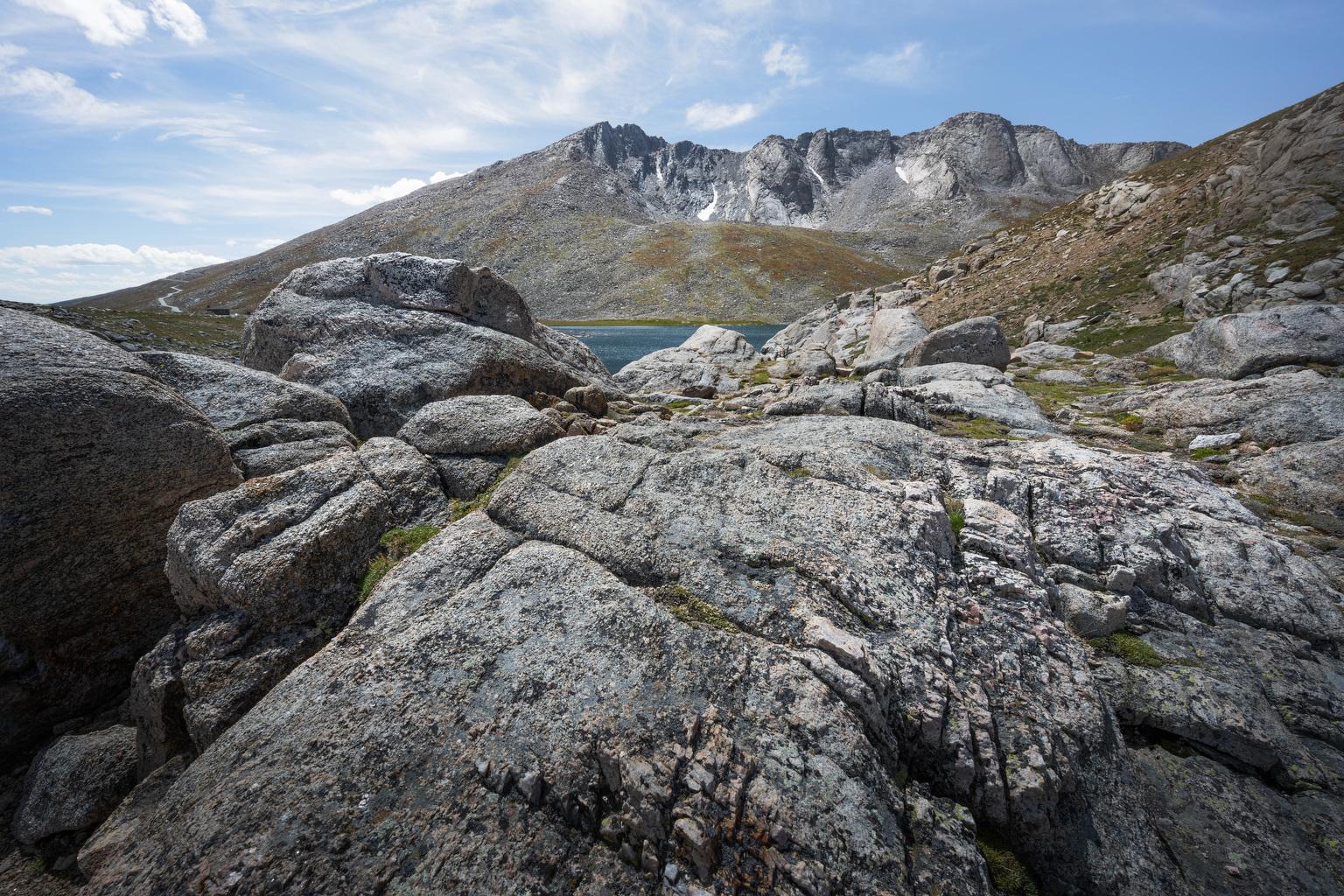
Colorado politicians have turned their attention to the wilderness area surrounding the recently renamed Mt. Blue Sky – the 14er in Clear Creek County that looms over Denver– which still bears the name, Mt. Evans Wilderness.
Presently, because of the unusual mismatch between the two features, Mt. Blue Sky is currently the highest peak in the 74,000-acre Mt. Evans Wilderness.
But that could change, following the renaming of the mountain. Formerly called Mt. Evans, it no longer carries the name of Colorado’s territorial governor considered responsible for setting in motion the events of the Sand Creek Massacre of 1864 that killed nearly 300 Arapaho and Cheyenne people. It was renamed Mt. Blue Sky in September.
Colorado’s two US Senators, Michael Bennet and John Hickenlooper, as well as Representatives Joe Neguse and Brittany Petterson, on Oct. 17 introduced legislation “to change the name of Colorado's Mount Evans Wilderness to the Mount Blue Sky Wilderness,” to align it with the name of the mountain, according to a press release from the politicians’ offices.
The process for renaming the wilderness would require an act of Congress, a different hill to climb than the renaming of the mountain itself. The U.S. Board of Geographic Names, a federal body that consists of representatives of federal agencies, voted unanimously last month to change the name despite the previous objection of one tribe. That concluded a process of several years that began with a state renaming board taking suggestions from Coloradans and also required an OK by Gov. Polis.
Jacqueline Emanuel, associate deputy chief of the National Forest System, which is part of the USDA, spoke briefly at a hearing without addressing the naming issue, but in her written testimony she stated the department’s intention to support the renaming of the wilderness area.
“Given that Mount Evans Wilderness no longer includes a feature named Mount Evans, we recommend the name of the wilderness area be changed in keeping with the recent decision of the BGN to change Mount Evans to Mount Blue Sky,” her written testimony states.
According to the U.S. Forest Service’s website, the wilderness area is an attraction of its own, with evidence of past glaciers visible in the steep granite cirques, which the USFS defines as “bowl-shaped, amphitheater-like depressions” carved into mountains and valley sidewalls by glaciers.
The wilderness also has small arctic tundra regions rarely seen outside the Arctic circle, that hold small pools of water. The tree life includes spruce, fir and pine, and animals living in the wilderness include deer, elk, bighorn sheep and mountain goats, according to the site.
The next step would be for the bill to receive a markup in the Senate Energy and Natural Resources Committee to advance it out of committee.
Even if the name of the wilderness were to change, however, there are numerous other landmarks in Colorado bearing the moniker of John Evans, including the Colorado town of Evans, Evans Avenue snaking through Denver, and the Evans Station, part of the RTD.









